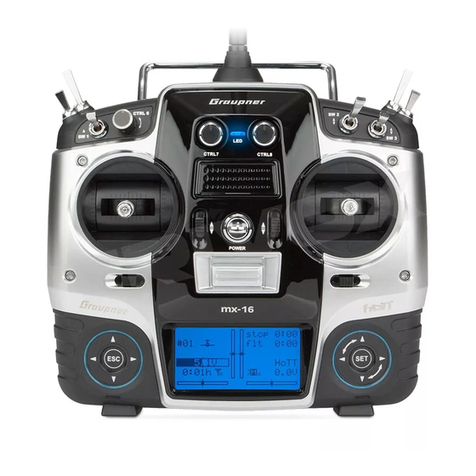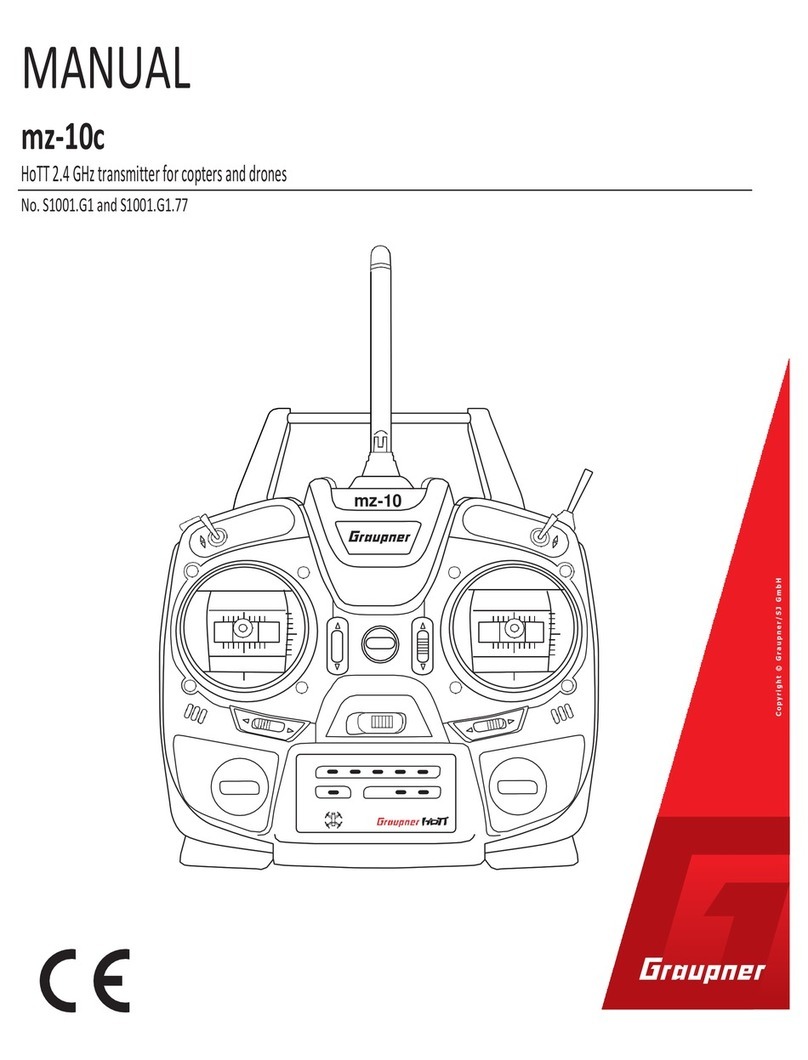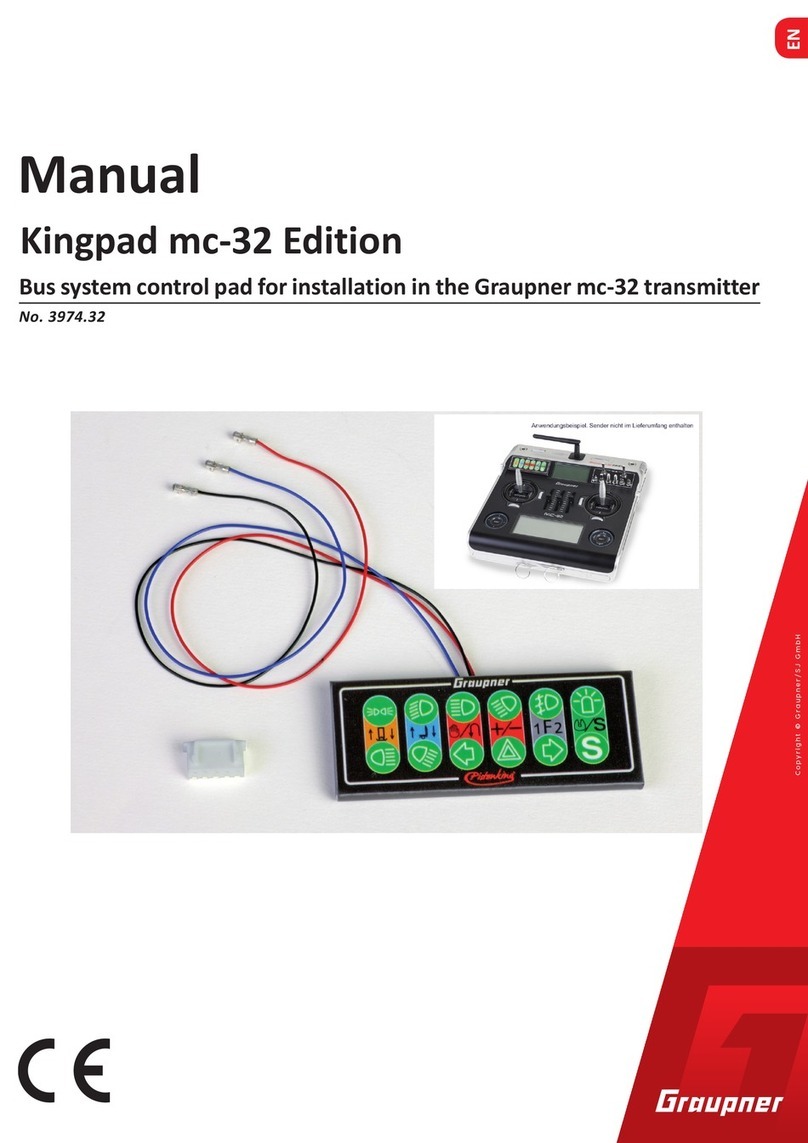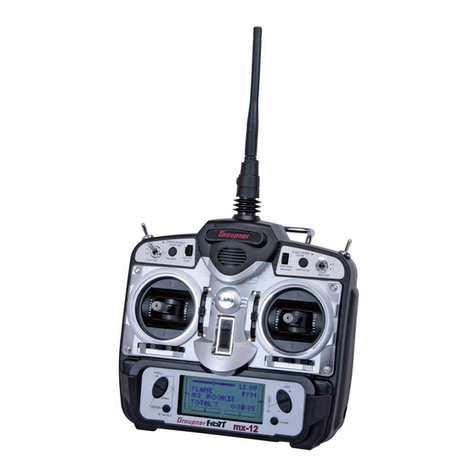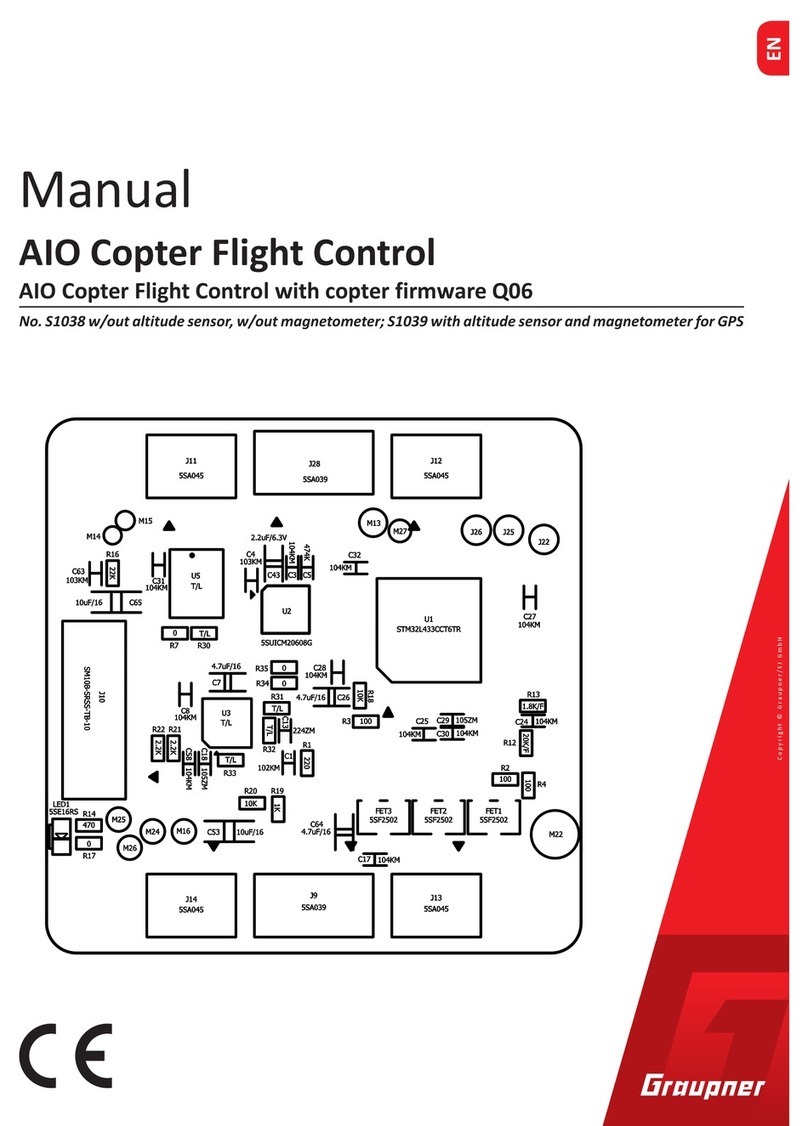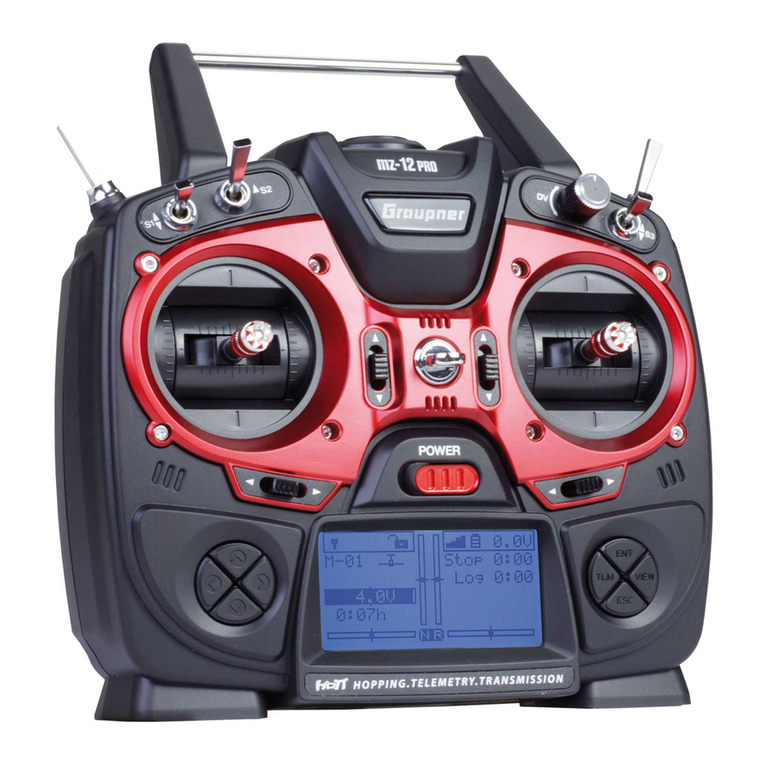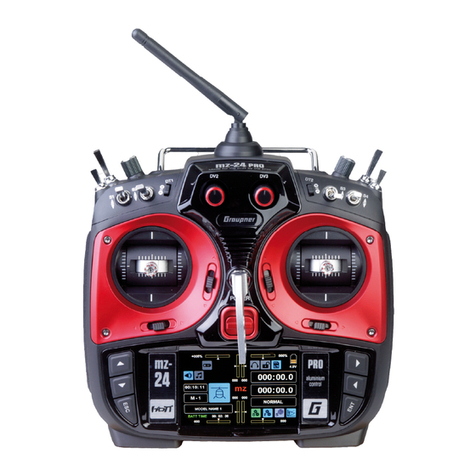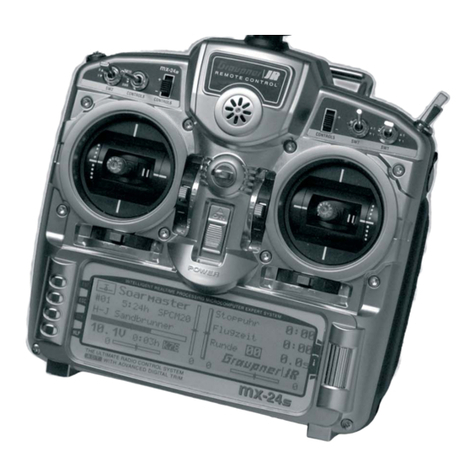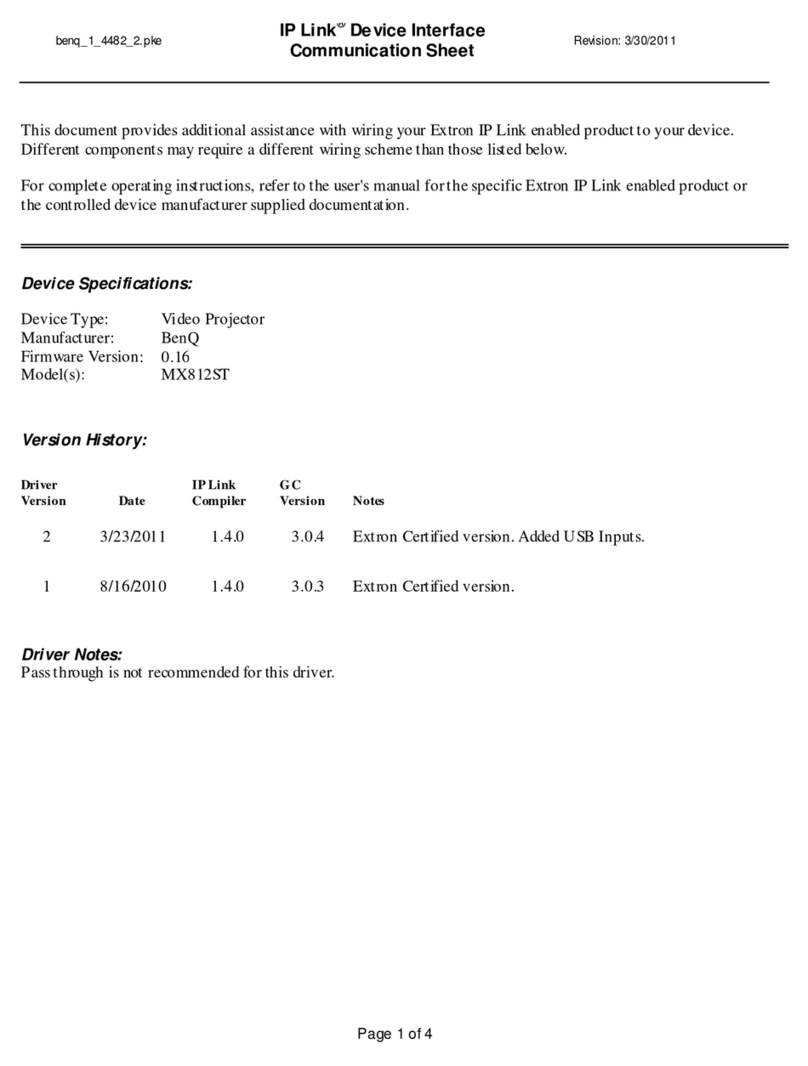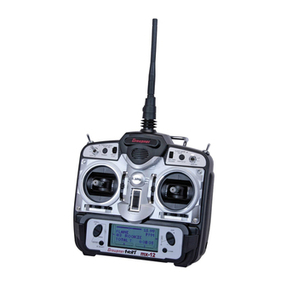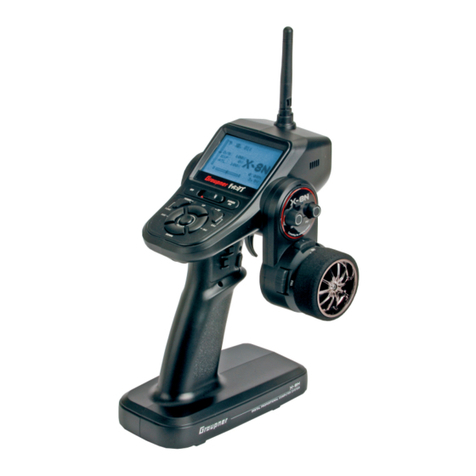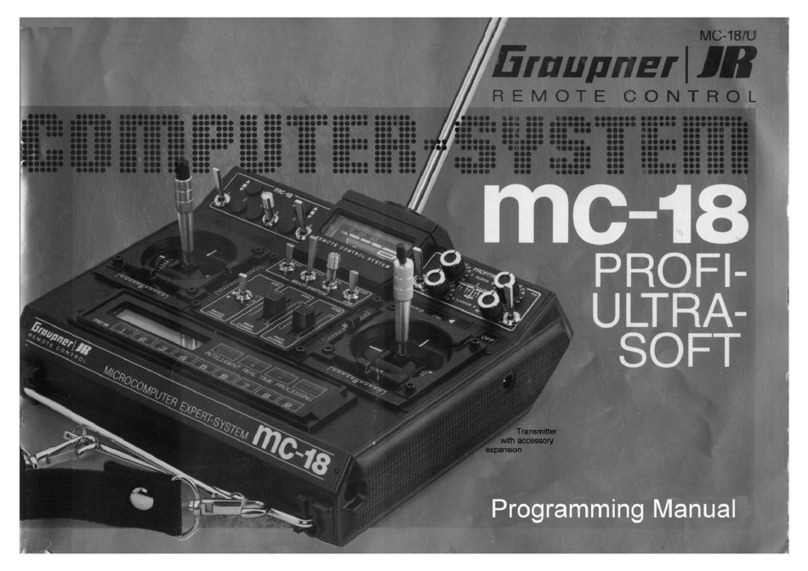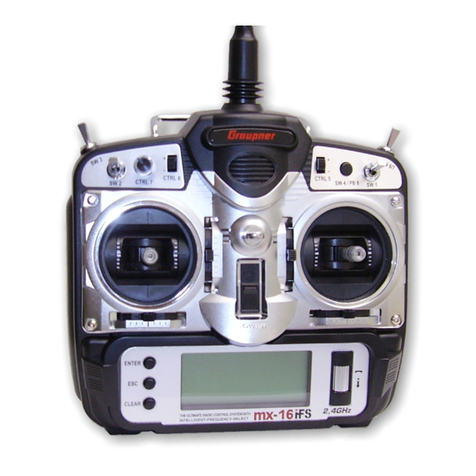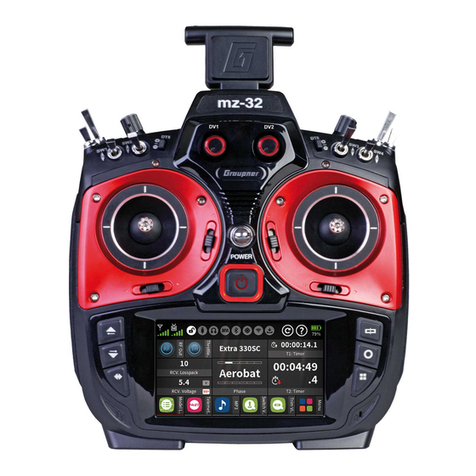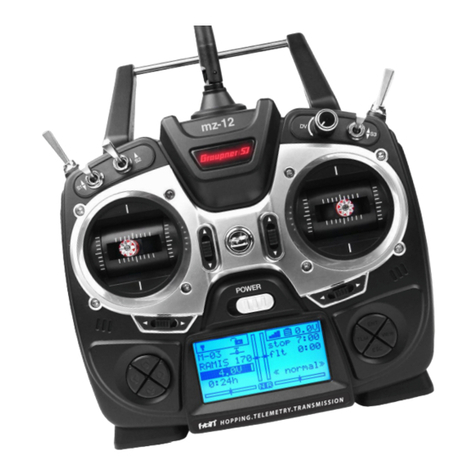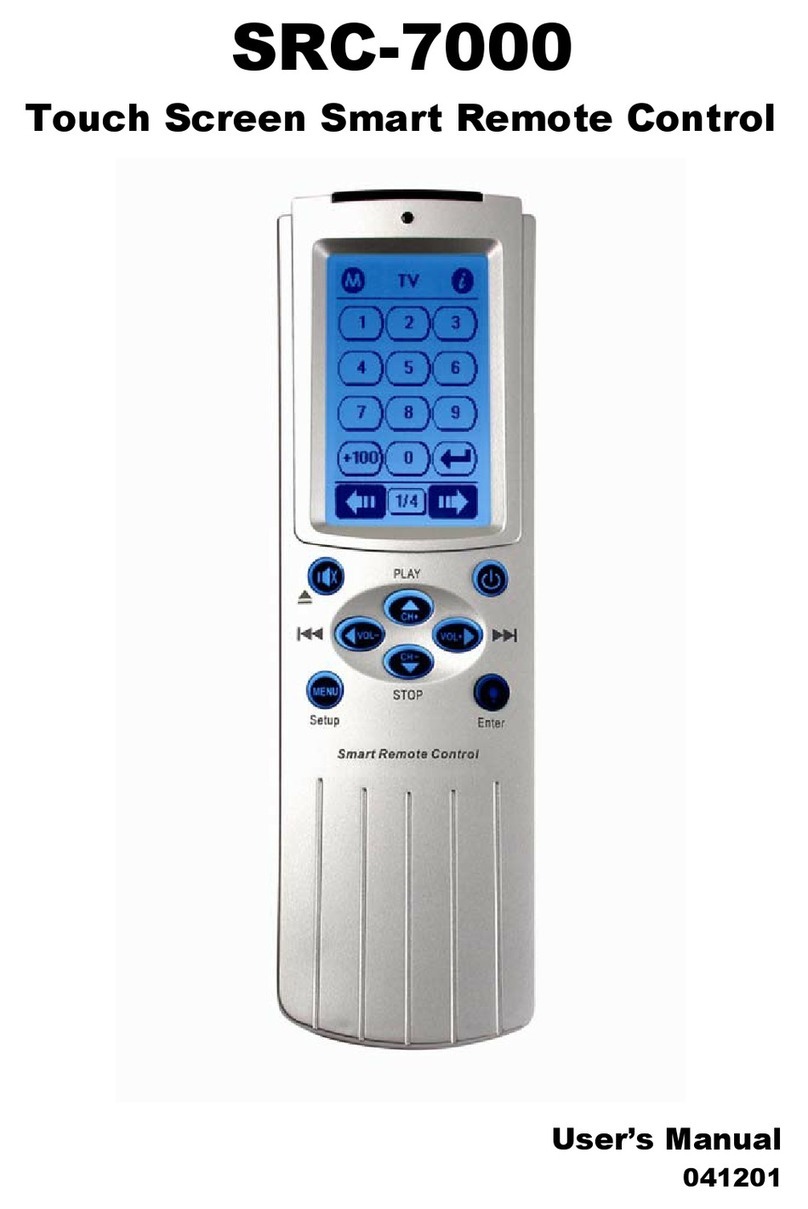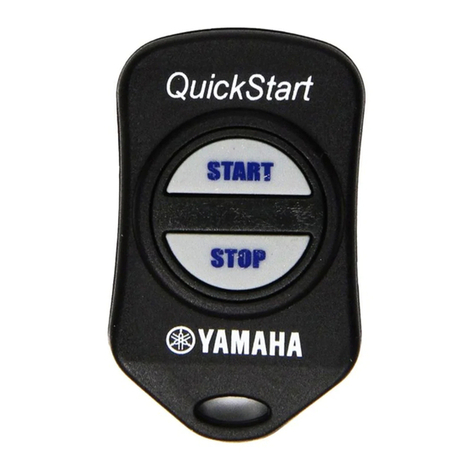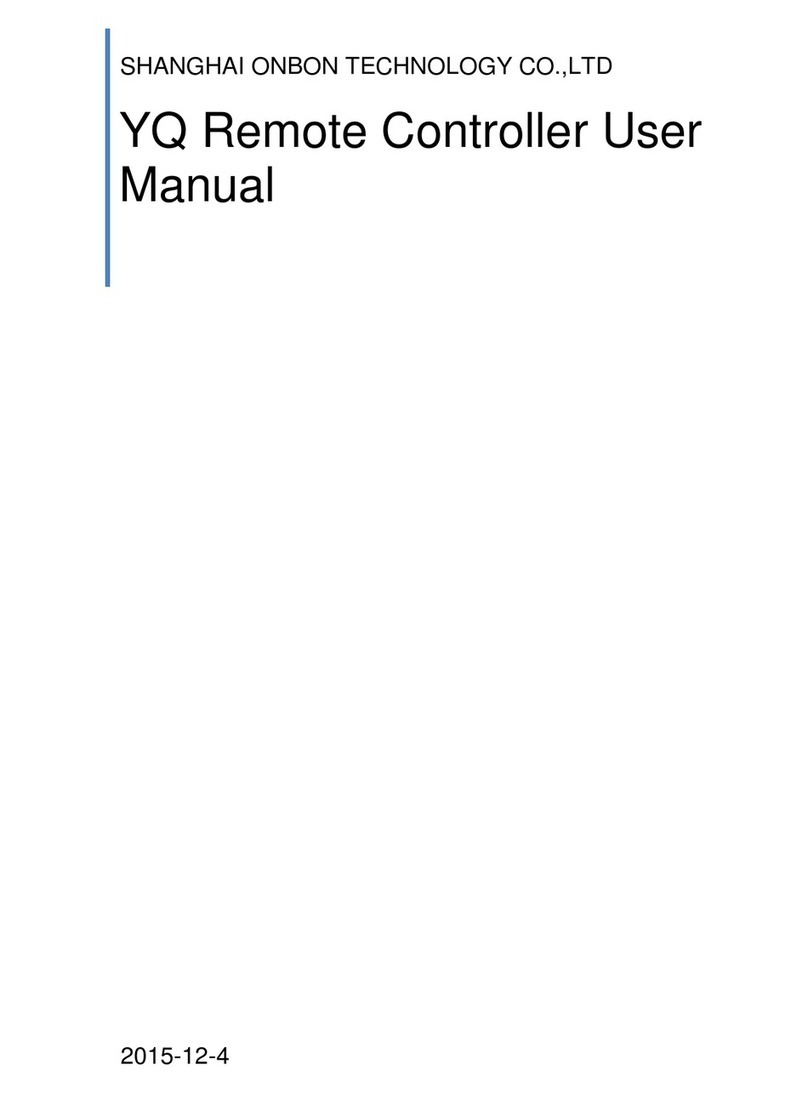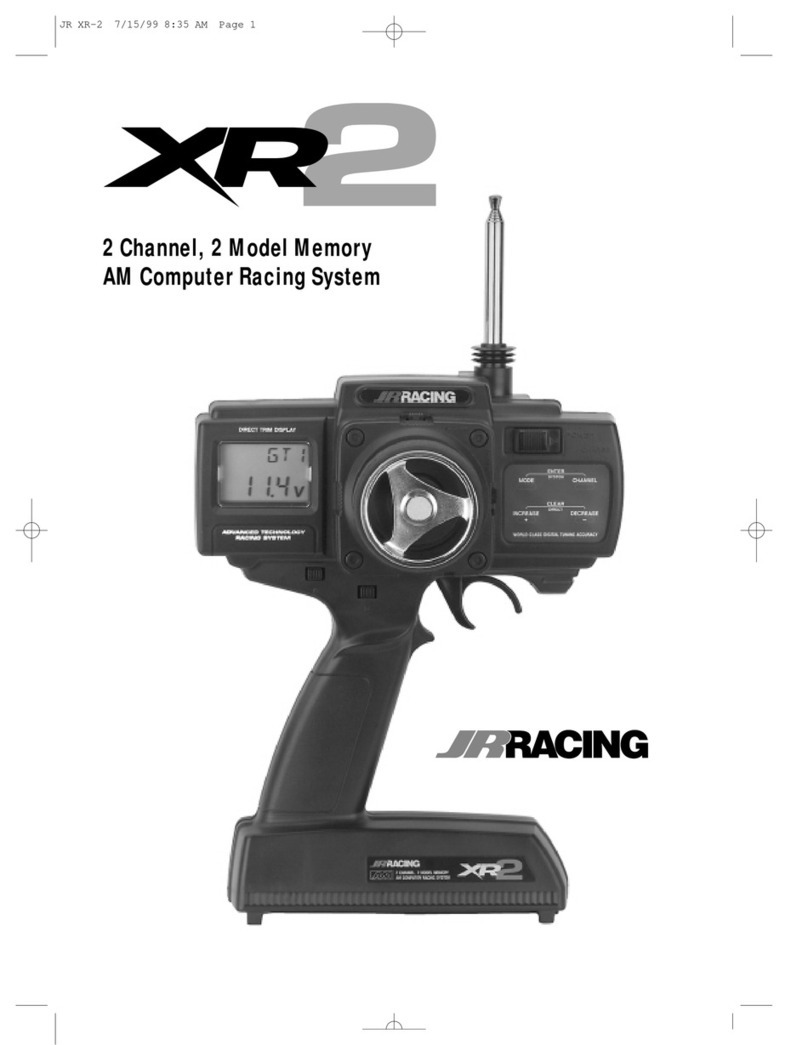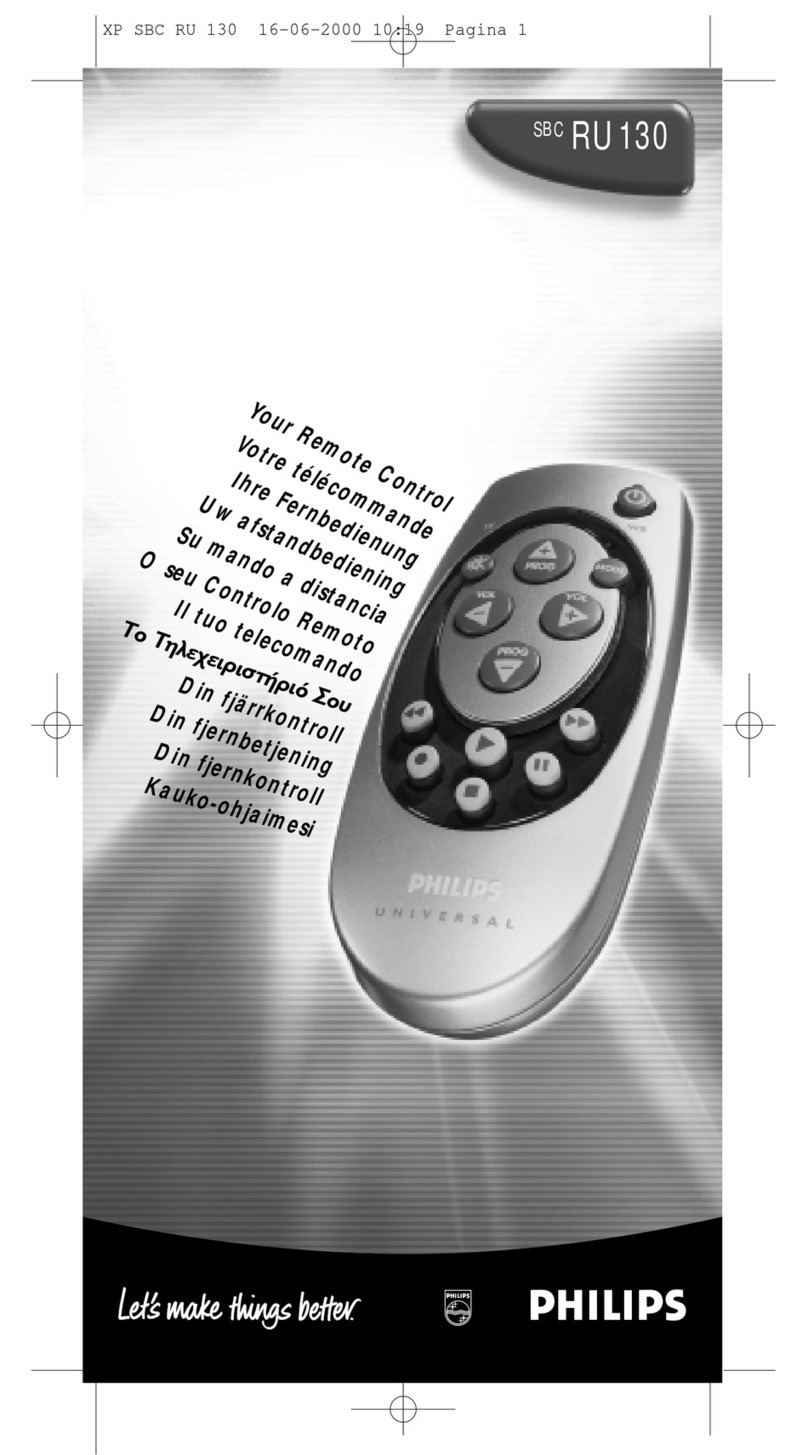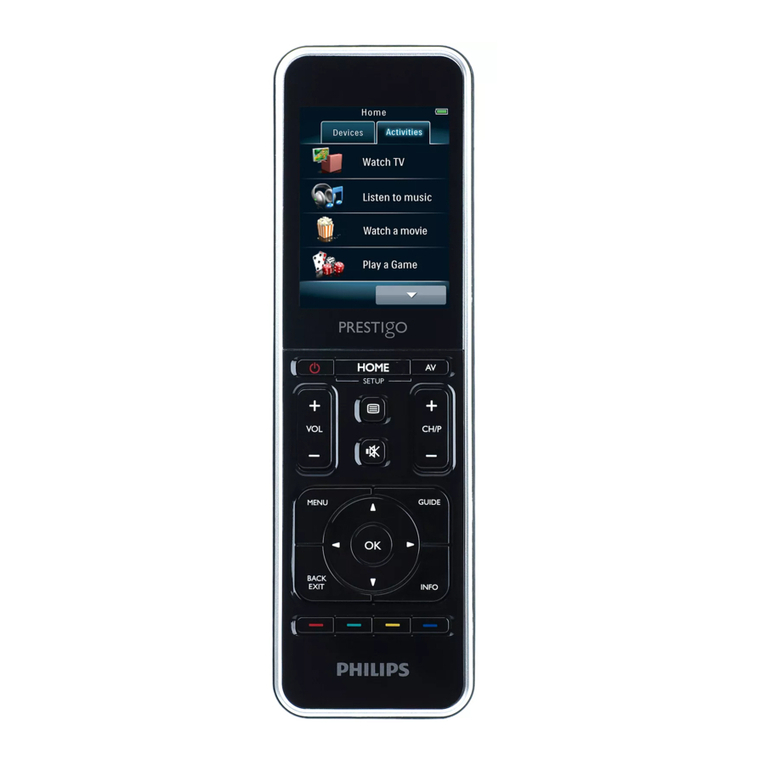
As is the case with all high-quality products, the follow-
ing safety instructions and handling guidelines must be
observed to ensure long, trouble-free and safe use of
lithium-ion and polymer batteries.
Lithium-ion/lithium polymer batteries require special
treatment.This is true when charging, discharging,
storing and all other types of handling. Observe the
following specifications:
Special instructions on charging Graupner
lithium-ion/lithium polymer batteries
NOTE:
• Since Graupner|SJ GmbH is unable to
monitor whether the batteries are correctly
charged and discharged, all warranties are
voided upon incorrect charging or discharging.
• Only use the approved chargers with the associated
charging cables to charge lithium-ion/lithium polymer
batteries. Any alterations to the charger or charging
cables can cause serious damage.
• The maximum charging capacity must be limited to a
factor of 1.05 of the battery capacity.
Example: 700mAh battery = 735mAh max. charging
capacity
• To charge and discharge lithium-ion/lithium polymer
batteries, only use the plug-in charger in the set,
or the specially designed charger/dischargers by
Graupner, see page 16 or listed at www.graupner.
de.
• Make sure that the number of cells, charging cutoff
and discharging cutoff voltage are set correctly.
Refer to the operating instructions of your charger/
discharger.
• Under these prerequisites, Graupner lithium-ion/
lithium polymer batteries can be charged with a
maximum 2C (1C corresponds to the cell capacity)
charging current. Starting at a maximum 4.2V per
cell, continue charging at a constant 4.2 V per cell
until the charging current falls below 0.1… 0.2 A.
• Do not charge with more than 4.20 V per cell.This
would permanently damage the cell and may cause
a fire.To keep from overcharging individual cells
within the pack, set the cutoff voltage between 4.10
… 4.15 V per cell in order to extend the battery life.
• The permissible temperature range for charging and
discharging lithium-ion/lithium polymer batteries is
0 … +50°C.
• Batteries as well as individual cells are no toys and
must be kept from children.They must therefore be
stored out of the reach of children.
• Keep batteries away from infants and small children.
If a battery is swallowed, immediately consult a
physician or go to an emergency room.
• Never place a battery in a microwave or under
pressure.This may cause smoke, fire or an
explosion.
• Do not disassemble lithium-ion/lithium polymer
batteries. Disassembling a battery can cause internal
short-circuits.This same results in the release of gas,
fire and explosion, or other problems.
• The electrolyte and electrolyte vapours within
lithium-ion/lithium polymer batteries are hazardous
to health. Avoid direct contact with electrolytes.If the
electrolyte comes into contact with your skin, eyes or
other body parts, use a large amount of fresh water
for rinsing and then consult a doctor.
• Before each use, make sure that the batteries are in
a satisfactory condition. Defective or damaged cells
or batteries may not be used.
• Cells and batteries may only be used in accordance
with the technical specifications for the specific cell
type.
• Batteries and cells may not be heated, burned,
short-circuited or charged with excessive current
or with reversed polarity.
If handled improperly, there is a danger of fire,
explosion, irritation and burns.To extinguish
a fire, use a fire extinguishing blanket, CO2
extinguisher or sand.
Safety instructions and handling guidelines for lithium-ion and lithium polymer
rechargeable batteries
• If the batteries overheat, proceed as follows:
Disconnect the battery, and place it on a
nonflammable surface (such as cement) until it cools
down.Never hold the battery in your hand due to the
risk of explosion.
• Batteries from parallel-connected cells, combi-
nations of old and new cells, cells of different
makes, sizes, capacities, manufacturers, brands
or type may not be used.
• Batteries which have been installed in a device
should always be removed when the device is not
being used. Always switch off devices after you have
finished using them to prevent battery drainage.
Dead lithium-ion/lithium polymer batteries are
considered defective and may not be reused.
• Be sure to charge the batteries in a timely manner.
While they are being charged, the batteries must be
placed on a nonflammable, heat-resistant and non-
conductive surface.Combustible or highly flammable
objects are to be kept away from the charging area.
• Batteries must be monitored while they are being
charged.The maximum charging current specified
for the respective cell type may not be exceeded.
• You may only charge a pack of series-connected lith-
ium-ion/lithium polymer batteries all at once as long
as the voltage of the individual cells does not deviate
by more than 0.05V, or if the differences in voltage
are monitored and equalized by a balancer connec-
tor using a balancer or equalizer during charging.
The lithium-ion battery in the set comes with a
special safety shut off.The voltage differences
between individual cells are therefore not balanced
by means of the usual balancer plug-in connector.
• If the battery heats up above 60°C while it is being
charged, stop charging and let the battery cool down
to approximately 30°C.
• The batteries may not be modified.Do not directly
solder or weld the cells.
• To avoid deformation, avoid excessive mechanical
pressure.
10 Safety and handling instructions for lithium-ion/lithium polymer batteries
